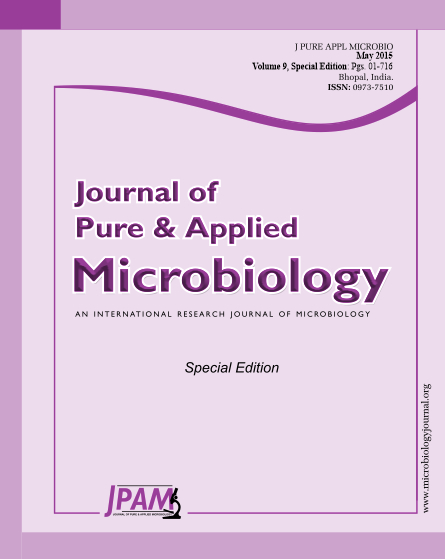Along with the development of biotechnology, the effects of metabolites on the metabolic cycle and quantitative and qualitative analysis of biological metabolites is attracting more and more attention. We present a set of experiments that detect and quantitate the collision fragments of central carbon metabolism using liquid chromatography mass spectrometry to understand biological metabolites. In order to obtain a suitable method to use liquid chromatography mass spectrometry to detect the collision fragments of the central carbon metabolites, we first set the gradient elution parameters, and then determined whether to join the tributylamine in the sample solution. A good ion peak and a considerable response value were obtained using the gradient elution parameters in Table 2 and adding tributylamine in the sample solution. This was a suitable method for liquid chromatography mass spectrometry detection of the collision fragments of the central carbon metabolism. However, due to limited experimental conditions and time, exploration of other experimental parameters was not discussed in this study. Thus, the results of this experiment were obtained based on these limited experimental conditions.
Liquid chromatography mass spectrometry; Metabolite; gradient elution; tributylamine; collision fragments
© The Author(s) 2015. Open Access. This article is distributed under the terms of the Creative Commons Attribution 4.0 International License which permits unrestricted use, sharing, distribution, and reproduction in any medium, provided you give appropriate credit to the original author(s) and the source, provide a link to the Creative Commons license, and indicate if changes were made.


